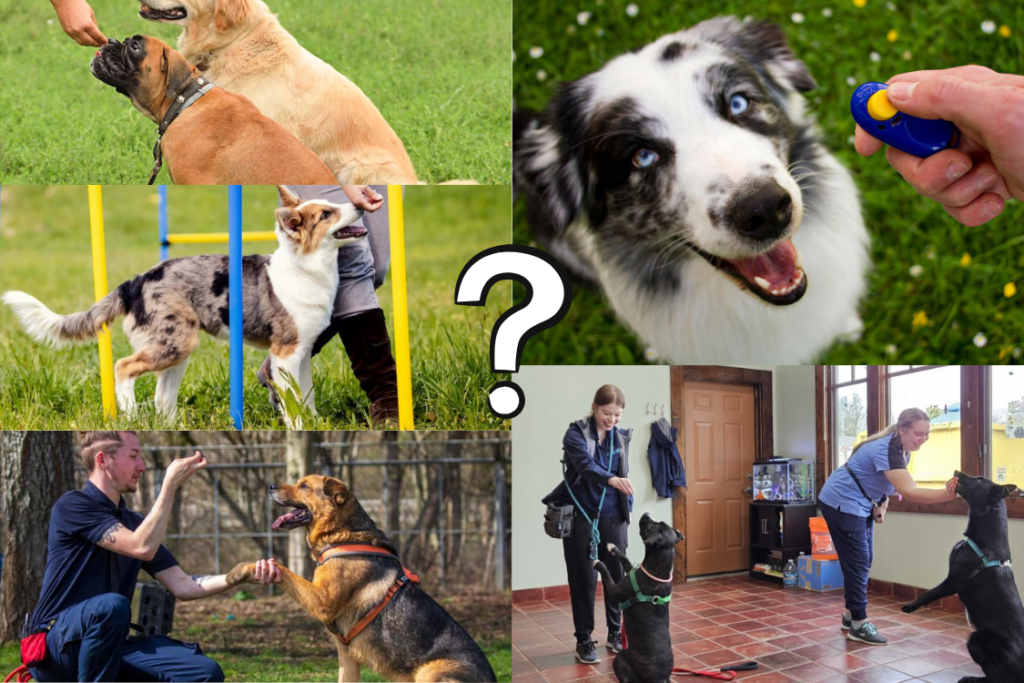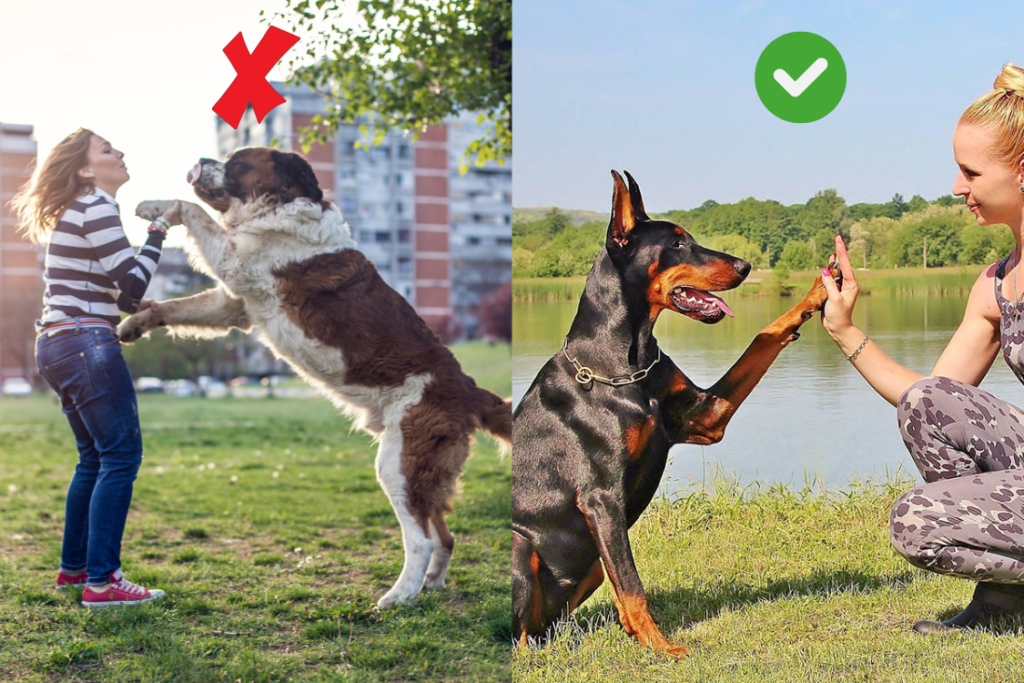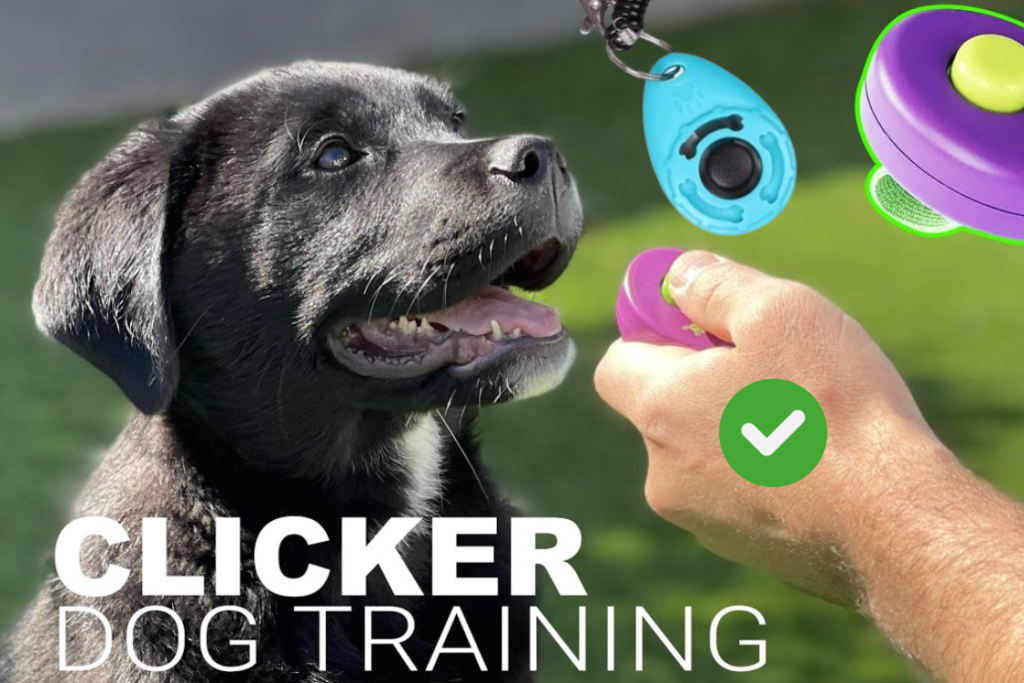Whether you have a puppy full of energy or an adult dog with behavioral issues, finding the right dog trainer is essential to building a strong, trusting bond.
With so many options available, how do you know which one is best suited for your dog’s needs?
1. Understand Your Dog’s Needs: Identify the Training Goals

Before diving into the search for a dog trainer, take a moment to consider your dog’s specific needs. Does your dog need basic obedience training, or are you addressing behavioral issues like separation anxiety, aggression, or leash pulling?
What to Ask Yourself:
- Is your dog a puppy or an adult dog?
- Does your dog struggle with anxiety, fear, or aggression?
- Are you looking for specific behaviors like housebreaking, socialization, or basic commands?
The clearer you are about what your dog needs, the easier it will be to find a trainer who specializes in those areas.
2. Research Different Dog Training Methods: Know the Approaches

Dog trainers use a variety of training methods, and it’s important to understand the approach they follow. Some dogs respond well to certain techniques, while others may react poorly to others.
Popular Training Methods:
- Positive Reinforcement: This method focuses on rewarding good behavior with treats, praise, or play. It encourages dogs to repeat the desired behavior. It’s one of the most popular and effective approaches.
- Clicker Training: A form of positive reinforcement that uses a clicker sound device to mark desirable behavior, followed by a reward.
- Balanced Training: A combination of positive reinforcement and corrections for undesirable behaviors. While it can be effective, it may not be ideal for all dogs.
- Force-Free Training: A method focused entirely on rewarding desirable behaviors and avoiding punishment or corrections.
What to Look For:
- Is the trainer’s philosophy aligned with your values?
- Are they open to using humane methods that focus on building trust and positive reinforcement?
3. Check the Trainer’s Qualifications and Experience

When selecting a dog trainer, it’s crucial to check their credentials, experience, and any professional certifications. A qualified trainer will not only be knowledgeable about dog behavior and training techniques but will also have the experience to handle different breeds, temperaments, and issues.
Key Questions to Ask :
- Does the trainer have certifications from reputable organizations (e.g., CPDT-KA, IAABC)?
- How long have they been training dogs professionally?
- Do they have experience working with dogs of similar age, breed, and temperament to yours?
- Can they provide references or testimonials from past clients?
A well-qualified dog trainer will have a track record of success and be able to provide evidence of their expertise, which will give you peace of mind during the training process.
4. Observe a Training Session: Get a Feel for Their Approach

The best way to understand a dog trainer’s style is by observing a class or individual session in action. Many trainers offer free or low-cost consultations, where you can watch their methods in practice before committing.
What to Look For:
- How does the trainer interact with the dogs? Do they remain calm, patient, and confident?
- Are the dogs engaged, responding positively, and learning?
- Does the trainer make the environment comfortable and non-stressful for the dogs?
A good dog trainer will create a positive learning environment that is respectful and compassionate. You should feel confident in their ability to train your dog effectively.
5. Evaluate Communication and Compatibility

The relationship between you, the dog trainer, and your dog is essential for success. Your trainer should be approachable, easy to communicate with, and willing to involve you in the process.
What to Assess:
- Does the trainer take the time to understand your dog’s needs and your goals?
- Are they responsive to your questions and concerns?
- Do they explain their training methods clearly and guide you on how to reinforce behavior at home?
A strong partnership with your dog trainer will enhance your pet’s learning experience, so it’s important to feel comfortable asking questions and seeking guidance throughout the training.
6. Pricing and Commitment: What’s the Cost of Dog Training?

While cost shouldn’t be the sole determining factor, it’s important to know what you’re paying for and what you’re getting. Some trainers offer packages, group classes, or one-on-one sessions, each with varying prices.
What to Consider:
- What is the trainer’s pricing structure? Are there discounts for multiple sessions or group training?
- Does the trainer offer follow-up sessions or support once the training is completed?
- Are there any additional costs (e.g., travel fees, training materials)?
Alternative Option: Online Training
If in-person training isn’t an option due to time constraints, travel limitations, or if you’re simply looking for a more affordable or convenient solution, online dog training could be a great alternative.
Programs like Doggy Dan’s The Online Dog Trainer, created by a trainer with over a decade of experience, allow you to access high-quality training from the comfort of your home.
Ensure that you understand the financial commitment before you begin, and be realistic about how many sessions your dog might need to make lasting progress.
7. Trust Your Instincts: The Right Trainer Feels Right

At the end of the day, choosing a dog trainer is about feeling confident in their ability to help your dog. Trust your instincts when evaluating potential trainers. If something doesn’t feel right or you don’t feel comfortable with a trainer’s approach, it may be worth considering other options.
Signs of a Good Fit:
- You feel heard, respected, and valued by the trainer.
- The trainer is patient, understanding, and able to communicate effectively.
- Your dog responds positively to their training style.
Remember, every dog is unique, and finding the right trainer who understands your dog’s individual needs is key to a successful training experience.
Building a Better Relationship Through Training

Choosing the right dog trainer is a pivotal step in fostering a positive, well-behaved, and happy relationship with your dog. By understanding your dog’s needs, researching training methods, checking qualifications, and trusting your instincts, you’ll be well on your way to selecting the ideal trainer for your pet.
Training isn’t just about teaching commands; it’s about building trust, respect, and a lasting bond with your furry companion. With the right guidance, you’ll both be enjoying a better, more fulfilling life together.
Take the time to carefully consider your options and don’t rush the process. After all, your dog’s happiness—and yours—is worth every bit of effort.



